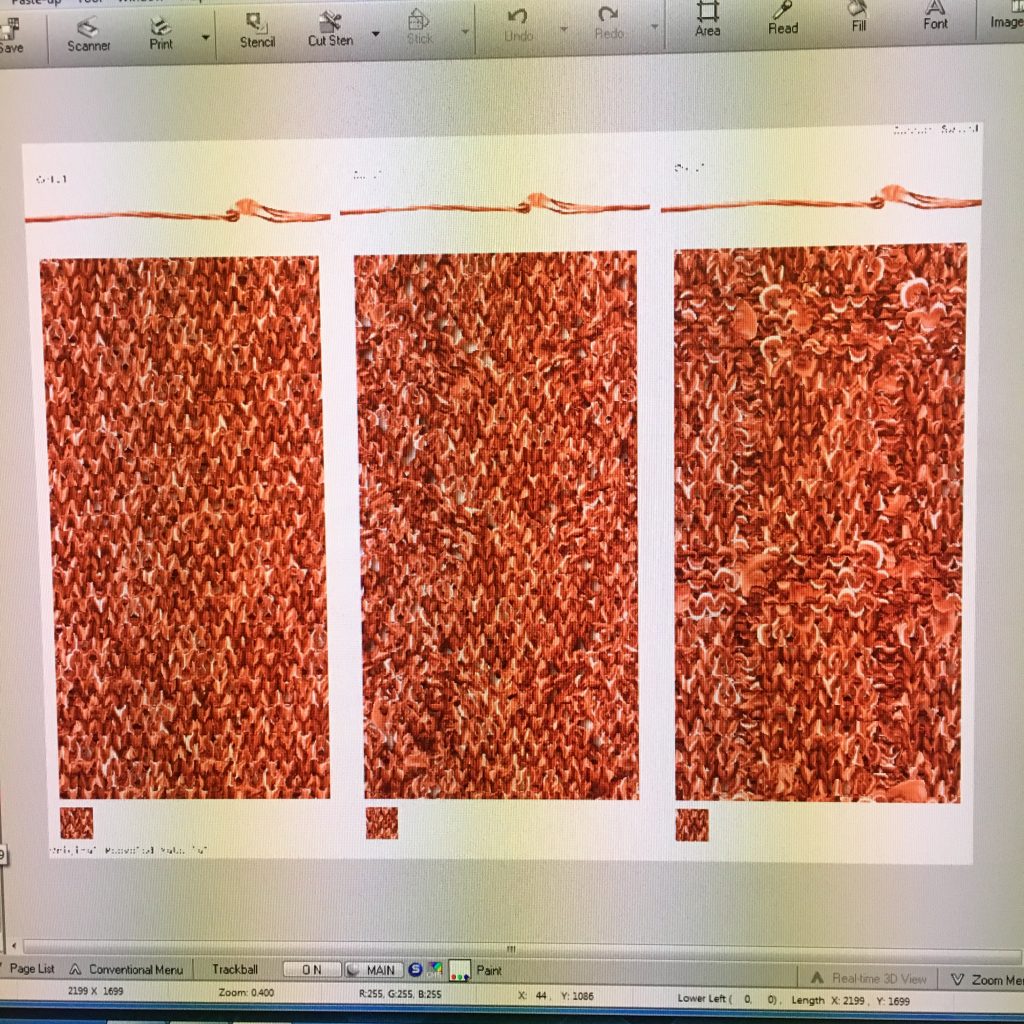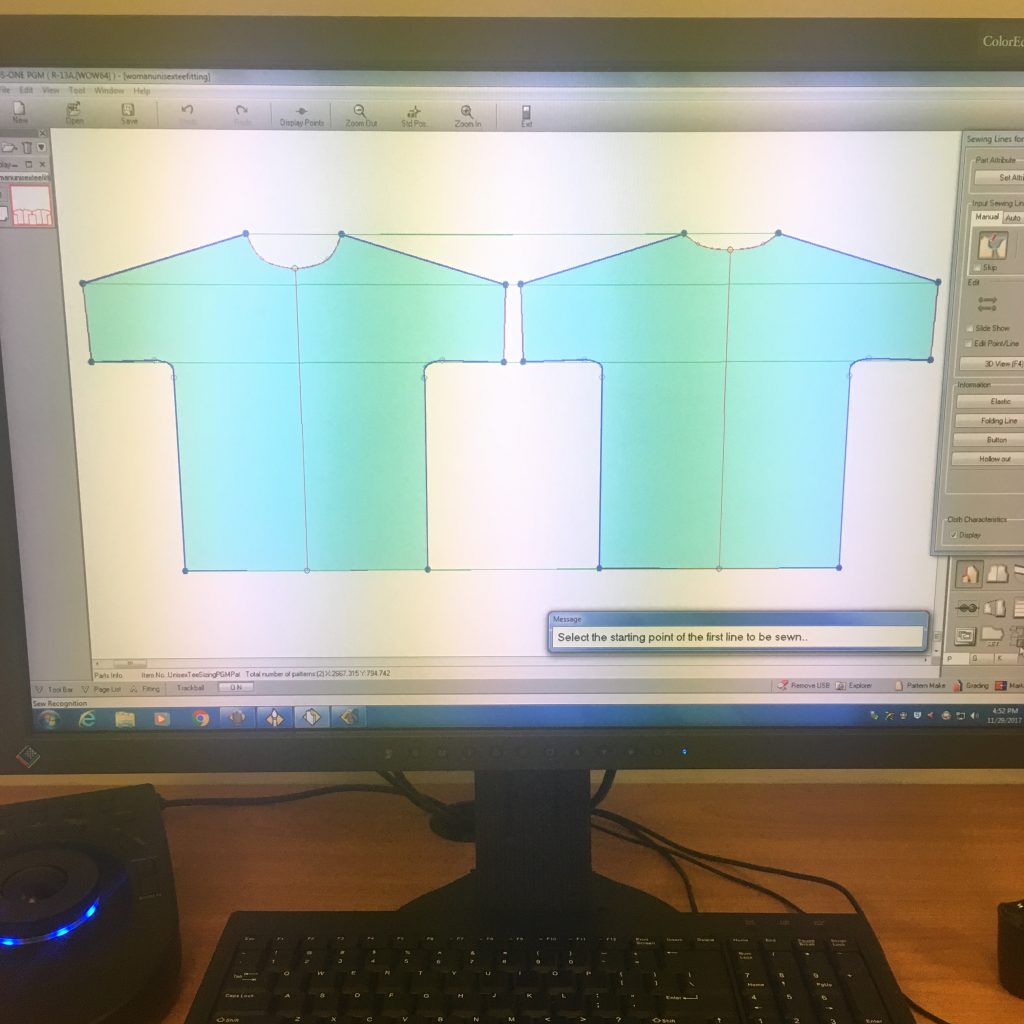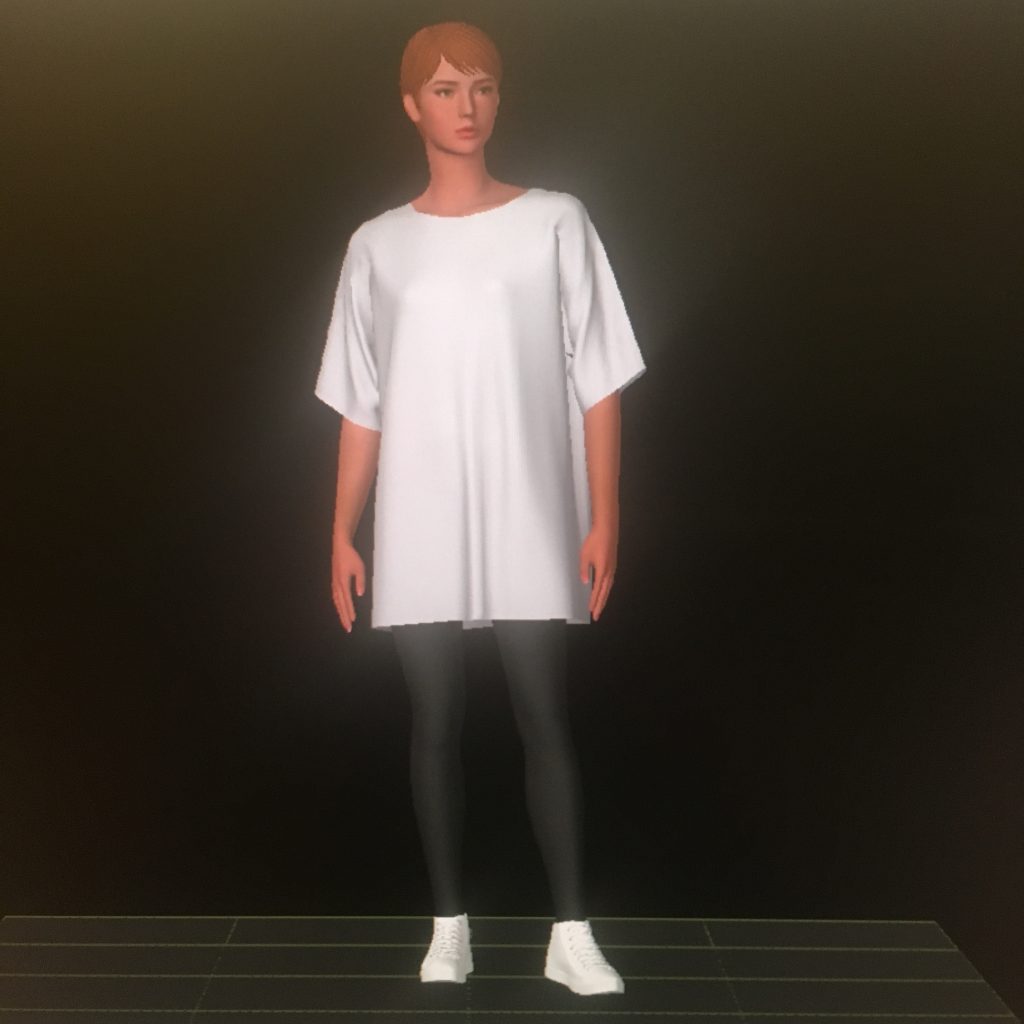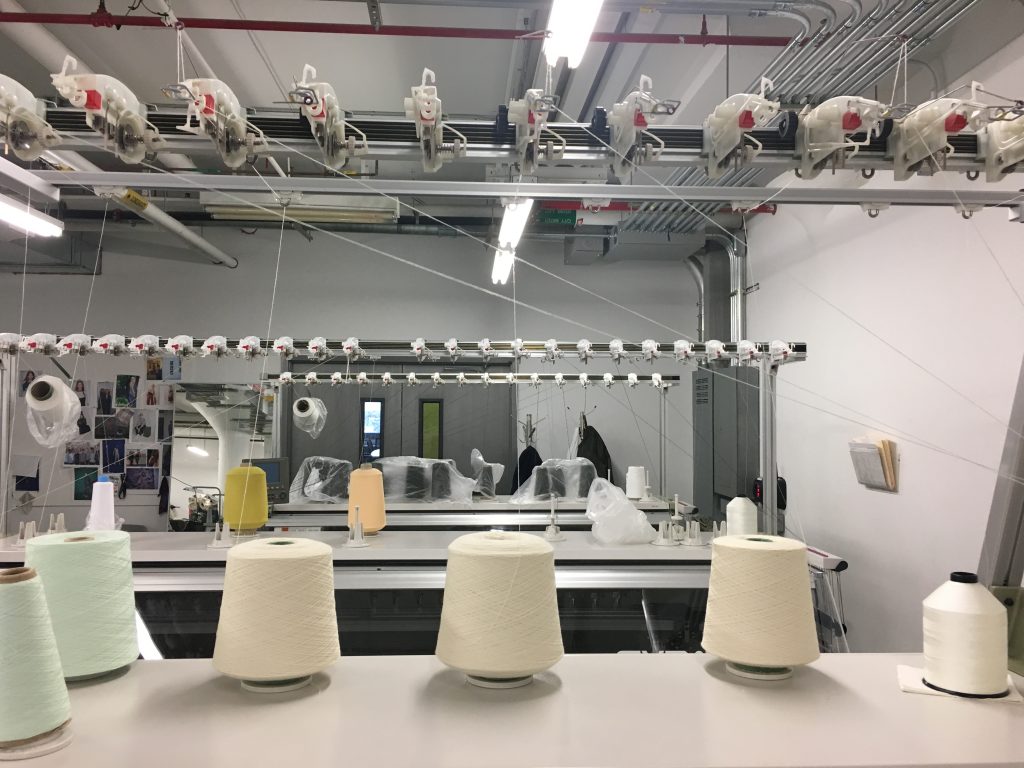New York City
When we receive e-mails regarding deadlines, we sacrifice our health and our personal lives to make them. We drink coffee to stay awake and pull all-nighters. We manage to find all the ways to keep pushing, even while being totally depleted. We know how to get things done and fast. Why do we do this? What are we working so hard for?

Why isn’t our industry’s impact on the overproduction and pollution of the planet, urgent? Why isn’t that an emergency? Why isn’t climate change enough of a reason to revise the ways we design and produce immediately? We’re late. Every season that passes without change, is a step further away from the right direction.
Times are changing for the better
The way our industry has been operating won’t work anymore. It can’t. Times are changing and for the better. Fresh minds jumping in for the save and recognizing the call to act will push the outdated ways of thinking out the door. Get on board or, respectfully, get out of the way. Our deadlines, our stress, our speed, our manpower, and our industrial power, abuses employees, exploits underdeveloped communities, and covers the planet in toxic materials that last forever. Why?

In a previous article, I mentioned the impact I felt when this really hit me. I wanted nothing to do with the industry anymore. I didn’t want to contribute to the problem. However, my friends convinced me that I was in a unique position to educate. As a conscious consumer, a designer with insight into sustainable manufacturing, and a visionary with a bleeding heart for nature, it was important that I not leave. So I decided to do something about it, instead of turning my back on it.
Zero excuse
Since I had my wake up call, I’ve devoted my expertise to coming up with the most sustainable ways I could design a product (and as one person). Which means, multi-billion dollar companies with thousands of employees, problem solvers, and manpower, can do this too. There’s literally zero excuse. Money won’t matter in the face of survival, so let’s stop using that as an excuse. I’m tired of hearing that one.

We’re a massive industry and we have a responsibility because of our size. But money has had more of a hold on us than quality of life and the health of our planet. So let’s let go of money for a second.
Challenging future
What are our basic needs? Food, water, shelter, and… clothing. Remember that clothing is a part of our basic needs; to be covered, kept warm, protected from the elements, layered, shielded, and safe. Knowing that our world is in for a very challenging future, keeping our basic needs in mind, is probably our biggest inspiration for design development. There are generations being born today that will have no choice but to prioritize food, water, shelter, and clothing over money. Please let that sink in.

Designers are problem solvers. Start solving these problems! Go deeper with your design process. Co-create with nature. If you’re designing new products, your bottom line should be working with biodegradable or recycled materials. Start thinking, start researching, start learning new ways to design and produce. Education is key. Collaboration is key. Communication is key. We are a very powerful industry. We write the trends, and honestly, we have the capacity to write the future.
Making the impossible possible
I recently taught a semester at FIT on sustainable innovation. My entire syllabus was based around one question: “What if nothing is impossible?” By utilizing Shima Seiki’s APEX 3 SDS- ONE Total Design System, I had my students design using biodegradeable and recycled materials. It didn’t matter if it was technically possible. The system allowed us to see it virtually – to pretend. You have to start with the “impossible” in order to plant the seeds that make it possible.

In pretending, we start thinking, “Ok, but how can we turn straws into clothing? How can we turn this plant stem into something, even if it’s fragile and temporary?” With designers, scientists, and engineers getting together all over the world to create new materials, I am VERY excited for the future of this industry. I have a lot of hope. It just needs to happen sooner and faster.
Co-creating with nature
We are capable of changing. It’s the nature of our industry to think way ahead and plan accordingly. Work hard with our real future in mind. Work hard with the vision of co-creating with nature. Let’s all use our skills and our expertise to positively impact the planet and bring things back into balance. Nature and technology can work together. Nature comes with all of it’s own technology for us to learn from.

This is an incredible time to be in this industry. Self cleaning fabric? Grown leather? Solar powered factories? Yes, please! Invest in the greater good. Make these changes and make them your priorities keeping in mind that this is URGENT: PAST DUE.
We are a creative industry
This is our reality. We are facing these challenges daily and globally. We can come together in preparation or come together in desperation. Either way, we have to come together and figure these things out. If we’ve put that much effort into destruction, we can put that much more into creation. We are a creative industry. How many more companies can we get cleaning up plastic in the oceans and turning it into product? There’s enough plastic in the world to build entire cities!

Consumers want to buy ethically sourced, sustainable, high quality products, but we’re not giving it to them. They can’t find enough of it. We need to make sustainability more accessible. Figure it out.

If you don’t change, your business will not survive. Every step in the old direction is a step towards the industry’s destruction. A New Industrial Revolution is on the rise and it marries technology and nature. Get with the program. As an entire industry, this is our ultimate deadline and we are all responsible for making it. Make it.

Subscribe To Our Newsletter
Join our mailing list to receive the latest news and updates from our team.






